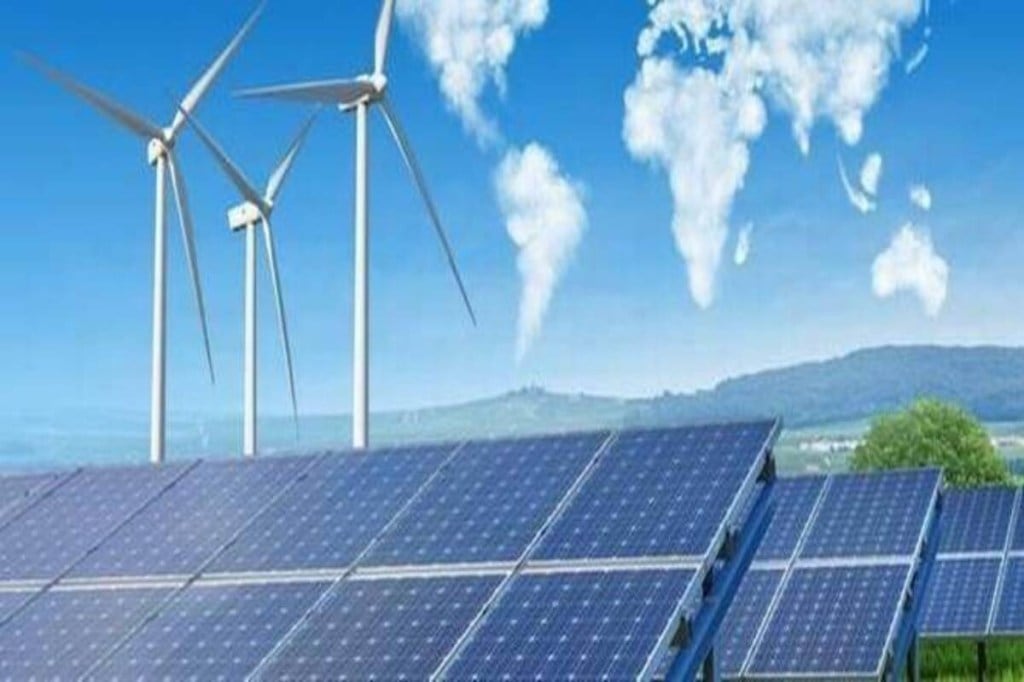By Vipul Tuli
Indian Union Budget 2021-22: The Budget has envisaged significant boost to investment, with the government signalling its intent of championing a large-scale infrastructure buildout matched with ample resource augmentation. A 34% increase in budgetary allocation towards infrastructure in the next fiscal is a move that will enhance manufacturing, generate employment, becoming a multiplier for economic growth. The relaxation in the fiscal glide path is at the centre of this strategy to enable increased government expenditure.
For the power sector, the budgetary measures support the ambitious energy transition announced by the Prime Minister, including the renewable energy target of 450 GW by 2030. The foremost focus on discom viability has been recognised as the sector’s most critical unfinished agenda. The outcome and reform-linked financial package of more than Rs 3 lakh crore for discom infrastructure upgrade is a forward-looking plan spanning over five years. Industry looks forward to details of the nature of this package, and how it supplements other central and state schemes. The proposal to let consumers choose their electricity supplier will unleash competition and help improve efficiency, as will the government’s intention to increase private sector participation in distribution.
Also Read: Check Union Budget 2021 Live Updates here:
Monetisation of transmission assets through the InvIT model is a promising move that will help add transmission capacity to match the rapid pace of electricity generation to meet the increase in electricity demand.
Expanding domestic manufacturing is necessary to support renewable growth, and duties on solar inverters and solar lanterns would help, provided existing projects are protected from adverse impact. The phased local manufacturing plan for solar cells and panels will help minimise dependence on imports for solar cells and modules in the long run, and contribute to Atmanirbhar Bharat. The production-linked incentive scheme for battery manufacturing will also enhance the ecosystem for storage manufacturing in the country with positive implications for renewable energy and e-mobility sectors. Additionally, the announced National Hydrogen Mission would help achieve a sustainable, futuristic energy mix and support energy storage.
Expanding capitalisation of SECI and IREDA, which are lighthouse organisations for the power sector, will be a shot in the arm for renewable energy. The proposal to make dividend payments to REIT and InvIT investors exempt from TDS and setting up a Development Financial Institution are welcome measures to encourage and facilitate investments in power, besides other infrastructure.
Finally, although tariff reform was not mentioned in the Budget speech, it is a necessary condition for discom viability. Industry looks forward to early measures on this front through either legislative or administrative action. Emerging from a pandemic and with limited fiscal room, it is encouraging to see the Union Budget clearly outline national priority areas, with a sustainable, viable energy sector at the core.
The author is CEO, South Asia, Sembcorp Industries, and Chairman, FICCI Power Committee


